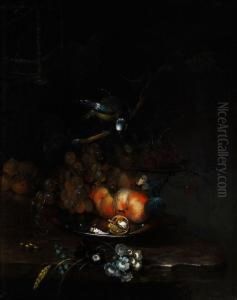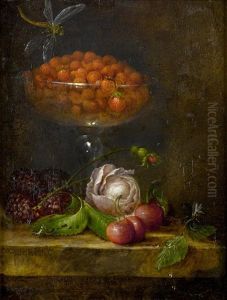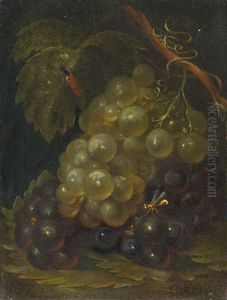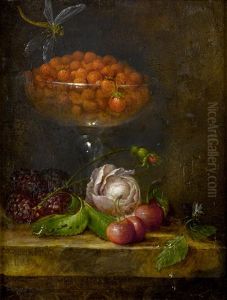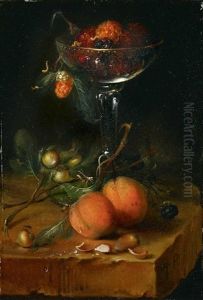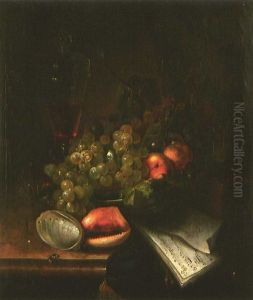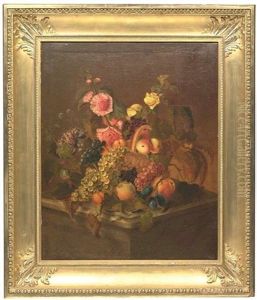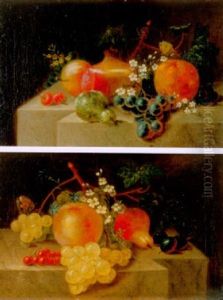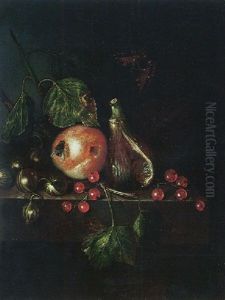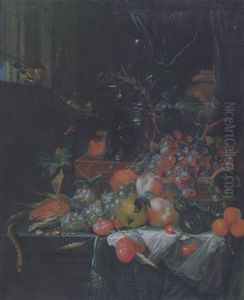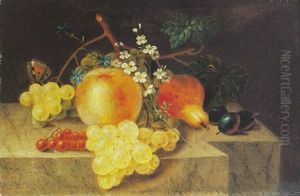Catharina Treu Paintings
Catharina Treu was a German painter born on July 20, 1743, in Bamberg, Germany. She came from an artistic family, as her father, Georg Martin Preisler, was an engraver, and her brother, Johann Justin Preisler, was also a painter. She received her initial artistic training from her father and brother, which was somewhat unusual for women at the time since professional art training was typically reserved for men.
Catharina specialized in still-life paintings, a genre that was accessible and considered appropriate for women artists during the 18th century. She became known for her detailed and realistic depictions of flowers, fruits, and occasionally animals. Her work exhibited fine attention to detail and a deep understanding of the textures and forms of her subjects, which she rendered with both accuracy and aesthetic sensitivity.
In 1765, she married fellow artist Johann Georg Treu, an event which led to her often being referred to as Catharina Treu. It was not uncommon for female artists of the time to experience a shift in their artistic careers after marriage, either by choice or due to societal pressures. Catharina, however, continued to pursue her artistic work after her marriage.
Treu's paintings were well-received, and she gained a reputation for her skill and artistry. Her works were sought after by patrons, and she was commissioned to produce pieces for various institutions, including churches and monasteries, which was a significant achievement for a woman artist of her era.
Despite the challenges faced by women in the arts during the 18th century, Catharina Treu managed to build a successful career as an artist. Her legacy includes not only her beautiful still-life paintings but also her role as a trailblazer for future generations of women artists. Treu passed away on November 1, 1811, in Bamberg, leaving behind a body of work that continues to be appreciated for its technical skill and its contribution to the still-life genre.
